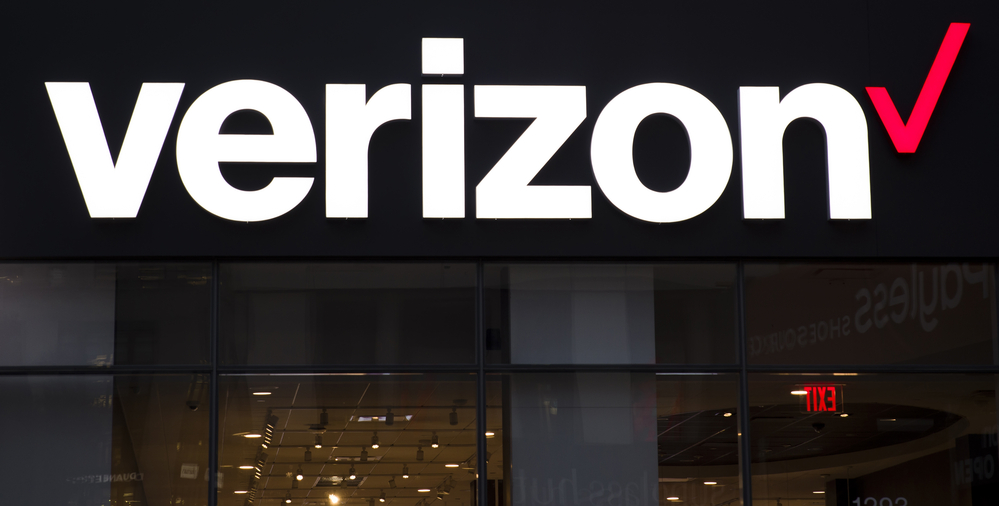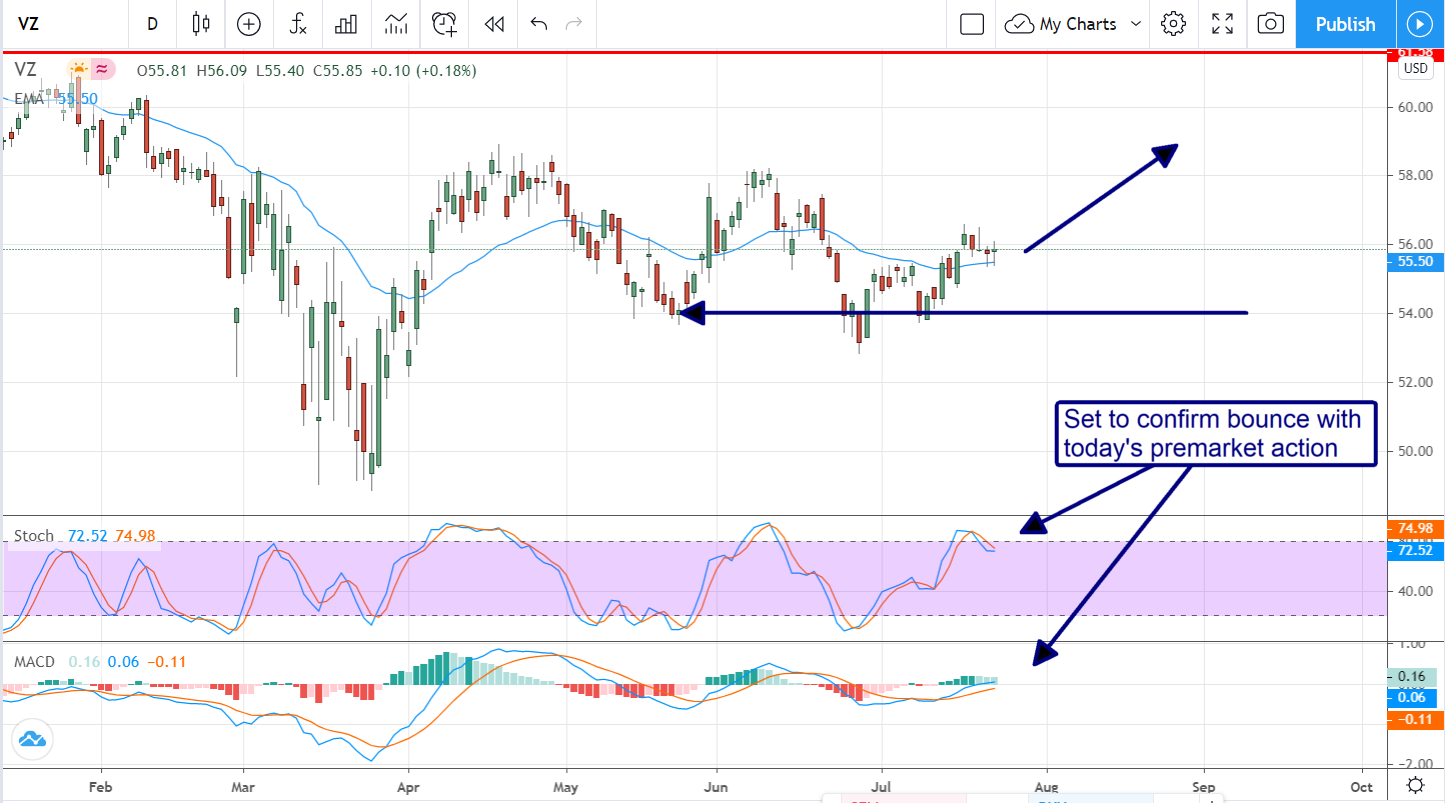 High-Yield Not Likely To Lag Much Longer
High-Yield Not Likely To Lag Much Longer
When the COVID-19 pandemic began one of the very first things I started to do was highlight the asset classes, sectors, industries, and companies investors should turn to in times of trouble. Among them were and are the high-yielding stocks including REITs, infrastructure, blue-chip, technology, and consumer names long-term investors can count on for income if not growth. In that light, it’s not surprising that dividend names like Clorox (NYSE: CLX), Conagra (NYSE: CAG), Apple (NASDAQ: AAPL), and Microsoft (NASDAQ: MSFT) have risen not only to post-pandemic highs but also to new all-time highs.
What is surprising is that other high-yield names, names like Verizon for instance, have failed to follow their counterparts higher. It’s understandable that AT&T might lag, it’s diversified model is a handicap in today’s environment what with theme parks and the production of new media under so much stress. Verizon (NYSE: VZ) on the other hand is a pure-play on a fundamental aspect of our technological world, the very ability to connect with the digital world. I mean, how else to do you connect with clients or eCommerce?
The Results Are In, Steady Stable Growth Is Still The Forecast
Verizon reported this morning to little fanfare and I find that odd. This 4.4% yielding stock saw its revenue and earnings fall for the 2nd quarter, as expected, but there are so many positive within the report it’s hard to know where to start. On the top line, revenue of $30.40 billion fell -5.3% from the previous year but beat consensus by 140 basis points. Looking at it from the bigger picture, the quarterly results are a downtick from the 1st quarter but the first quarter saw a much-smaller -1.62% (adj) decline and forecast flat to +1.% for the 3rd.
On the bottom line, adjusted EPS of $1.18 beat consensus by $0.03 while GAAP EPS of $1.13 missed by $0.02 but once again the bigger picture is much brighter. While quarterly results fell 4% this follows a +5% increase in the first quarter and management is expecting flat to slightly positive growth in the following quarter. Basically, the company took a hit from the pandemic but it was small and fleeting. If you factor in the $0.14 impact management ascribed to the pandemic earnings growth would have accelerated from the 1st quarter.
On a subscription basis, the company’s bread and butter, consumer retail post-paid subscriptions missed consensus by 4.0% but were more than offset by the business segment. Business retail post-paid subscriptions grew 280K versus the 165K forecast on strength in the stay-at-home/work-from-home trends.
The Dividend, HIgh-Yield And Oh So Safe
It would be remiss of me to say that any companies dividend was invincible because that just isn’t the case. What I can say, however, is that when it comes to the data and metrics Verizon’s 4.4% yield and positive outlook for growth are about as safe as you can find. The payout ratio is running about 50% and there is some debt to consider but those are the only negatives I can find. Offsetting those issues, if you can find fault in them, is the company’s cash position, free-cash-flow, and coverage ratios all of which point to the 14th year of distribution increase.
Regarding the company’s cash. Verizon says it is well on the way to meeting its target $10 billion cash savings by the end of 2021. At this time, they’ve realized over $7.2 billion in savings and see additional opportunities for saving beyond the $10 billion target. At the end of the first half of 2020, the company’s free-cash-flow of $13.7 billion is up 74% from the prior year and growing.
The Technical Outlook: Lacklust Action Is About To Change
Shares of Verizon made a decent rebound from the March lows but has failed to stage the kind of rebound seen in other high-yield now low-yield pandemic plays. The price action has been meandering below the pre-pandemic highs for a couple of months now but I think that is about to change. Today’s results aren’t enough to spark a major rally I think, not by itself, but the stage is set for this company to springboard higher, at least to the $58 region, over the next few weeks. Longer-term, this stock is definitely a buy trading at only 11.5X it’s forward earnings and one that will deliver solid returns in both capital gains and dividends. And that’s not even considering the impacts that 5G is going to have on Verizon and the entire tech space.

Before you make your next trade, you'll want to hear this.
MarketBeat keeps track of Wall Street's top-rated and best performing research analysts and the stocks they recommend to their clients on a daily basis.
Our team has identified the five stocks that top analysts are quietly whispering to their clients to buy now before the broader market catches on... and none of the big name stocks were on the list.
They believe these five stocks are the five best companies for investors to buy now...
See The Five Stocks Here
Wondering what the next stocks will be that hit it big, with solid fundamentals? Enter your email address to see which stocks MarketBeat analysts could become the next blockbuster growth stocks.
Get This Free Report
Like this article? Share it with a colleague.
Link copied to clipboard.
